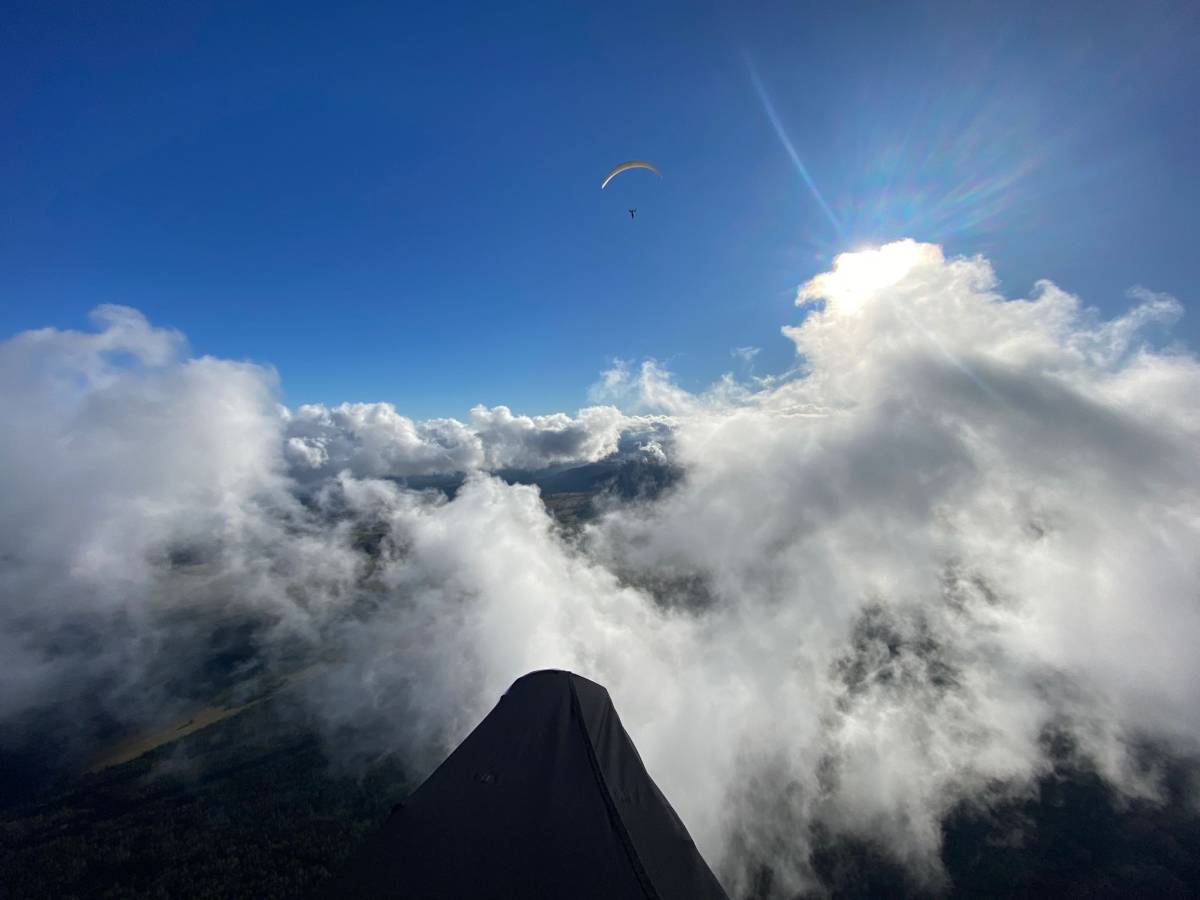
Paragliding is an aerial sport that allows you to discover beautiful landscapes and experience unique sensations. One of the most fascinating aspects of this activity is the possibility of flying around the clouds. Indeed, clouds have always held a certain fascination for humans, and paragliders are no exception. In this article we will explore the world of clouds in paragliding, their different shapes and characteristics, and the opportunities and risks they present. Because no, clouds are not necessarily our worst enemies when paragliding; on the contrary!
Clouds form when warm, moist air is lifted into the atmosphere and cools. As the air cools, the water vapour in the air condenses into droplets, forming clouds. Cloud formation depends on several meteorological factors, including temperature, pressure and humidity. Topography and altitude are also important factors influencing cloud formation.
Clouds in paragliding can take many forms and have different characteristics, so it is important to know what they are in order to know how to use them in our flight. Here are the main types of clouds you may encounter when paragliding:

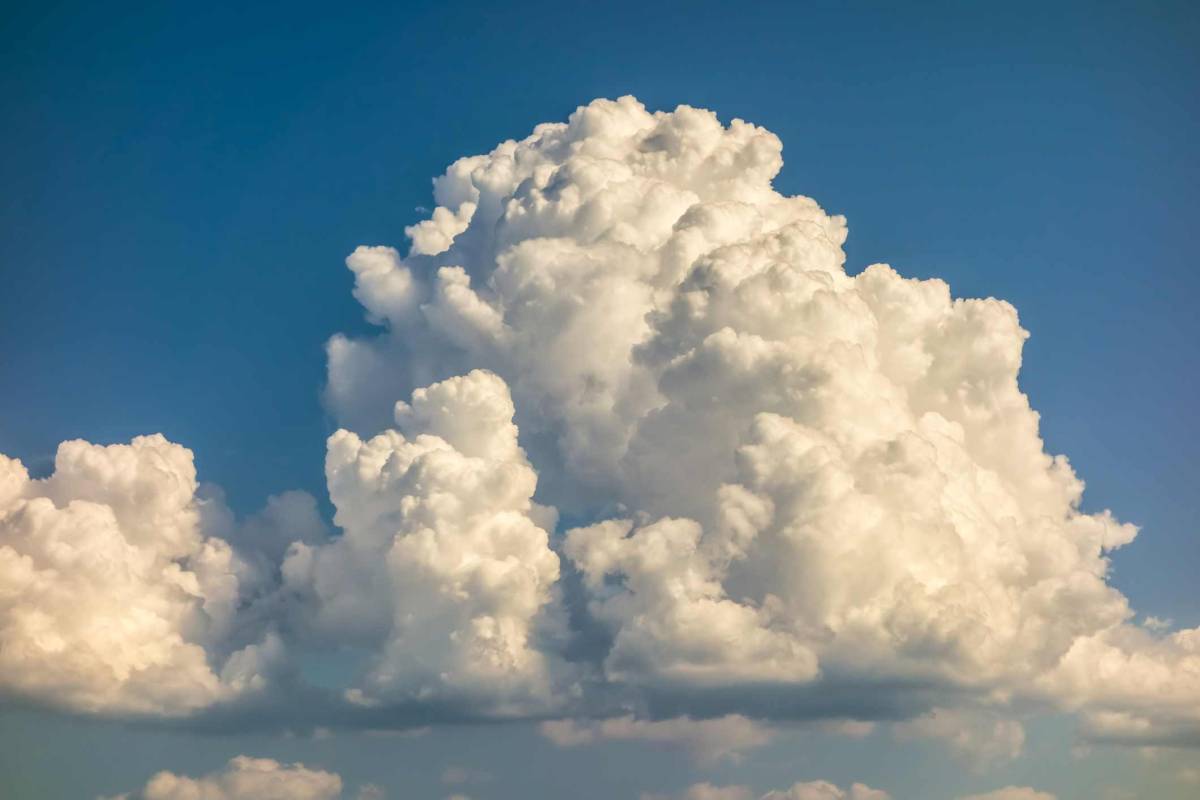
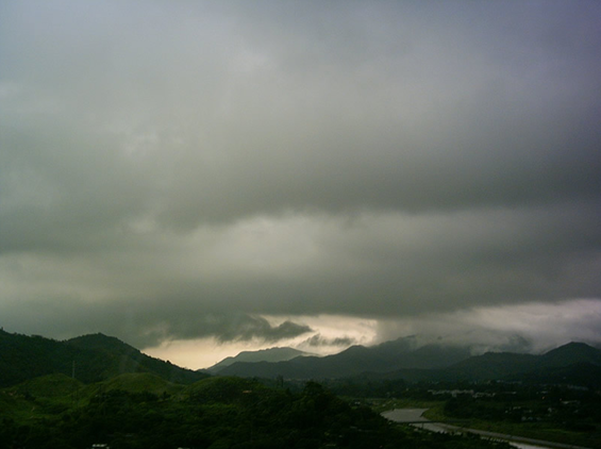
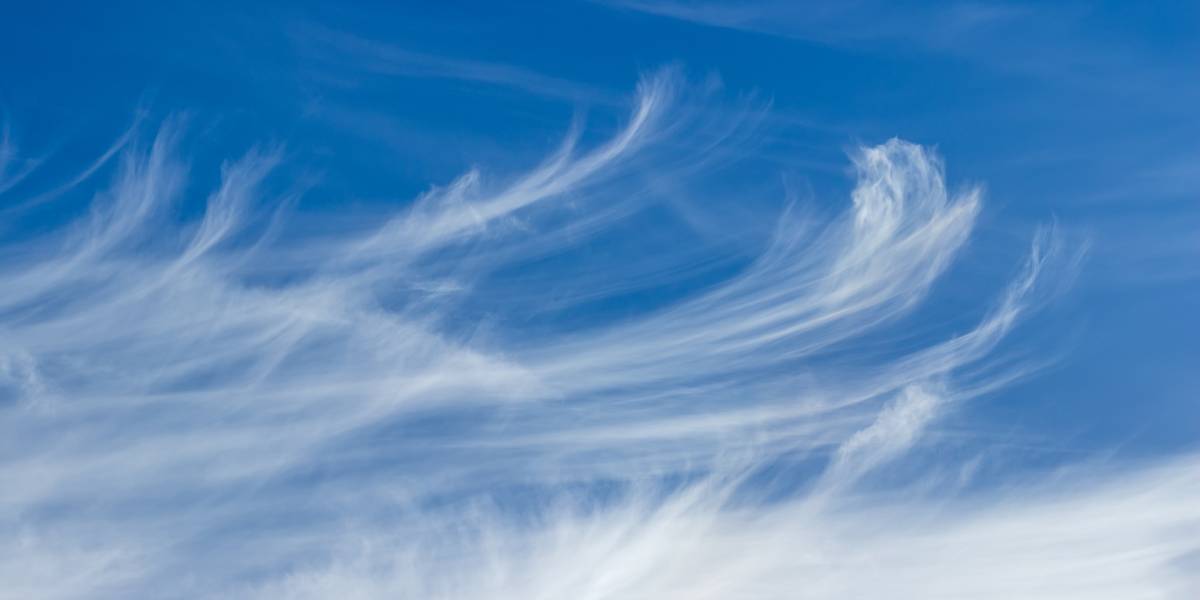
Cumulus clouds are ultimately the most interesting clouds for paragliders, as they signal the presence of thermals. Cumulonimbus, stratus and cirrus clouds can also be observed when paragliding, but it is important to be aware of the risks they can represent and how to avoid them.
Clouds can represent both opportunities and risks for paragliders. As mentioned earlier, some clouds are indicators of the presence of thermals, which allow paragliders to gain altitude and extend their flight. However, clouds can also be dangerous and inconvenient!
The main risks are the following:
It is therefore important for paragliders to take these risks into account when flying near clouds, and to know how to avoid these dangers if necessary. It is also recommended that you get some training and information from professionals before you start paragliding. We cover all this theory during our paragliding courses.
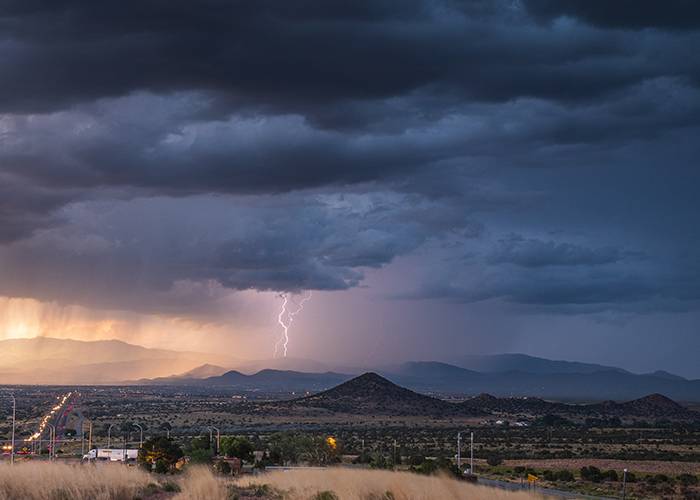
This is the crazy story of a German paraglider pilot named Ewa Wisnierska...
On 14 February 2007, while flying in Manilla, Australia, the venue for the World Paragliding Championships, the pilot was caught in a storm and more precisely in a cumulonimbus cloud that formed very quickly due to the phenomenon of suction. Rather than land, she tried to avoid the cloud and suffered a brutal ascent to an altitude of almost 10,000 metres; an area without oxygen and where the temperature is close to -50°C...
If you want to know more about this story, read our article on the Maximum altitude record in paragliding - Ewa Wisnierska
To fly safely around clouds, it is important to follow certain rules. The 2 major rules that go together are the following:
And if you see a congestus or cumulonimbus forming rapidly above you, land as soon as possible to avoid any flight incident.

And for those who want to know more about clouds and more generally about meteorology in paragliding, the book "Les Visiteurs du Ciel" is the reference in this field for free flight. This manual is an excellent introduction to more complex books. It contains new developments on thermal flight, front formation, climatology, etc. and gives indispensable complements on the so-called small-scale aerology, on turbulence, the French climate, etc. There are theoretical explanations largely illustrated with photos and explanatory diagrams. They are often completed by practical advice with testimonies and flight stories. It is a very interesting book for any paraglider who wants to know more about aerology.
You now know more about clouds in paragliding and their classification. We hope that this article has taught you some things and will be useful for your practice. Look out for more articles on other paragliding topics on our blog!
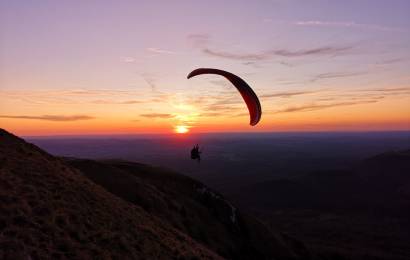
Have you always wanted to fly a paraglider while the sun was setting, as you can see in photos or vi...

You want to discover the most beautiful paragliding sites in France to change your usual flying site...

